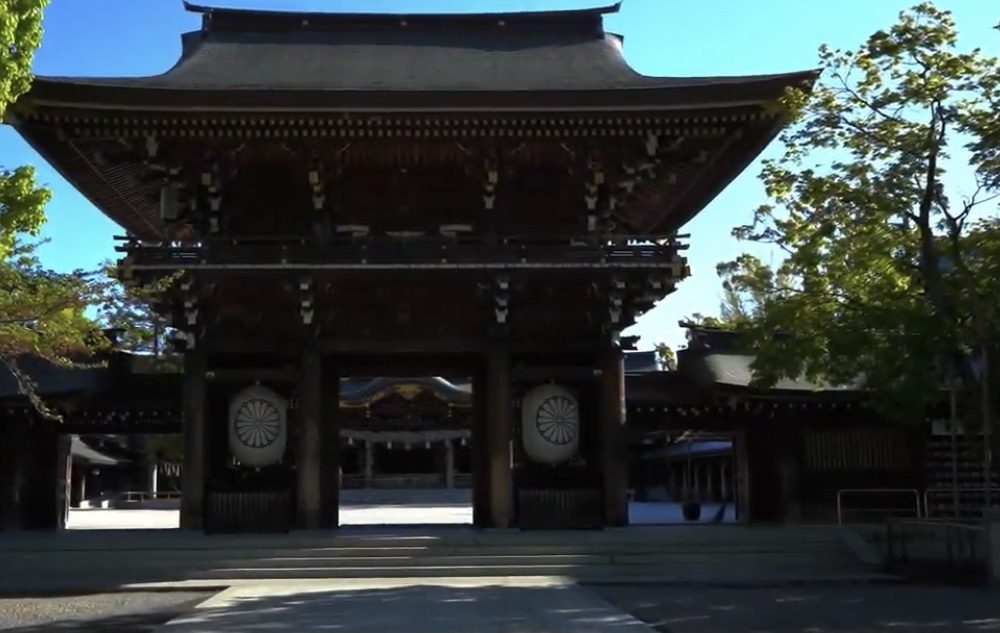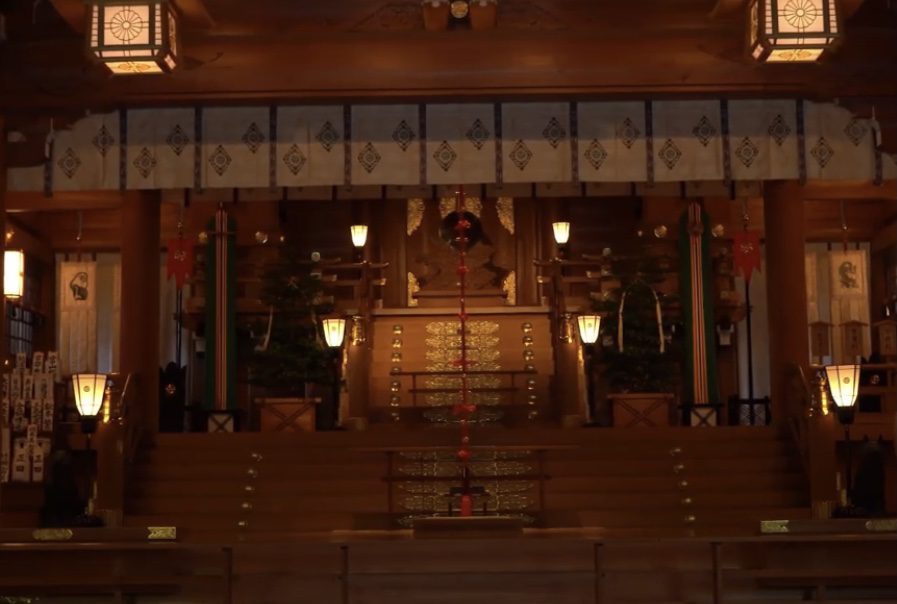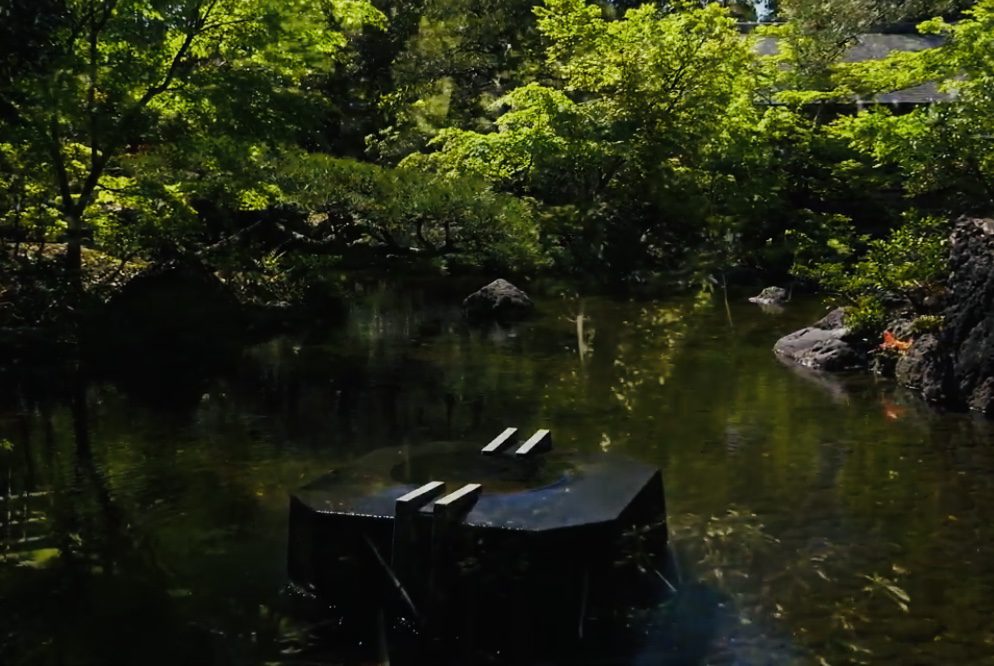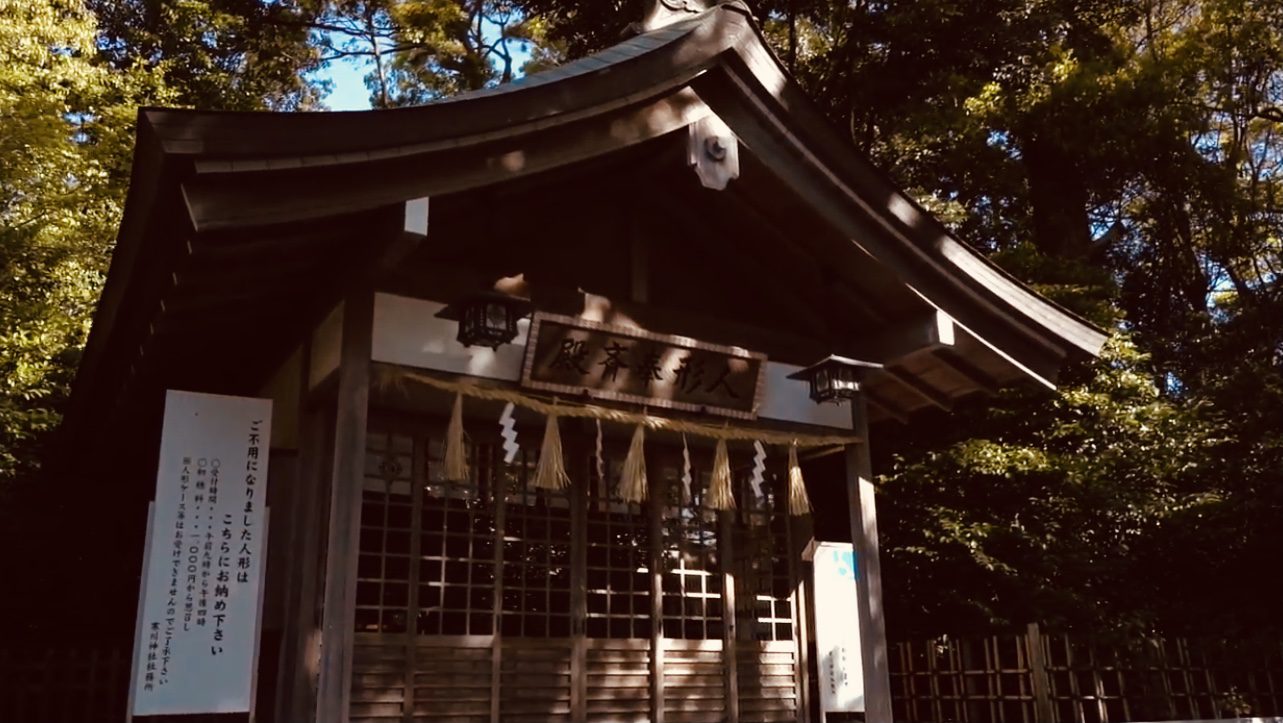Japan tourism and Shintoism: Samukawa Shinto Shrine in Kanagawa
Kanako Mita, Sawako Utsumi, and Lee Jay Walker
Modern Tokyo Times

In a busy world full of uncertainty, the beauty of nature and the mystery of faith are equal places to refresh the soul. Hence, the Samukawa Shinto Shrine (Samukawa-Jinja Shrine) in Kanagawa – within easy reach of Tokyo – is a place that fuses both naturally.
This delightful Shinto holy place is steeped in history and located in the environs of Atsugi and Chigasaki near the flowing Sagami River. Thus a train connection via the Tokaido Main Line in Tokyo (serves bustling train stations including Tokyo and Shinagawa) – or depending on where your journey begins – and alighting at the Chigasaki Train Station and then connecting to the Sagami Line is within easy reach of the capital of Japan.

On the Samukawa-Jinja Shrine website https://samukawajinjya.jp/en, it says, “Samukawa-jinja Shrine was called “Ichi-no-miya in Sagami Province” and boasts a history of about 1,600 years. It enshrines the unique guardian deity who presides over Happo-yoke in Japan. From ancient times, Samukawa-jinja Shrine has been worshiped by a wide variety of people in various social classes from court nobles, warriors such as Minamoto-no-Yoritomo, Takeda Shingen, and the Tokugawa clan to private citizens. At present, many people come from all over Japan to receive the divine virtues of “Happo-yoke.”
Before the coronavirus (Covid-19) crisis, approximately two million visitors a year enjoyed the splendor of this holy place. Indeed, in the environs of Chiba, Kanagawa, Saitama, and Tokyo, it is one of the leading Shinto shrines throughout this vast region.

Historically, it is complex to say one-hundred percent what the true origins of this holy place are. It is widely speculated that this Shinto shrine is connected to the reign of Emperor Yuryaku (418-479) in the fifth century. Irrespective of the true origins, the longevity of this holy place is amazing.
The local kami of Samukawa-hiko no mikoto (male) and Samukawa-hime no mikoto (female) are enshrined in this Shinto shrine. They are collectively called Samukawa Daimyojin.

A visit to this holy Shinto place will refresh the soul and connect people with nature. Hence, if you want to feel the religious dimensions of Japan over countless centuries, a visit is most rewarding.

PLEASE DONATE TO HELP MODERN TOKYO TIMES
Modern Tokyo News is part of the Modern Tokyo Times group
DONATIONS to SUPPORT MODERN TOKYO TIMES – please pay PayPal and DONATE to sawakoart@gmail.com
http://moderntokyotimes.com Modern Tokyo Times – International News and Japan News
http://sawakoart.com – Sawako Utsumi personal website and Modern Tokyo Times artist
https://moderntokyonews.com Modern Tokyo News – Tokyo News and International News
PLEASE JOIN ON TWITTER
https://twitter.com/MTT_News Modern Tokyo Times
PLEASE JOIN ON FACEBOOK